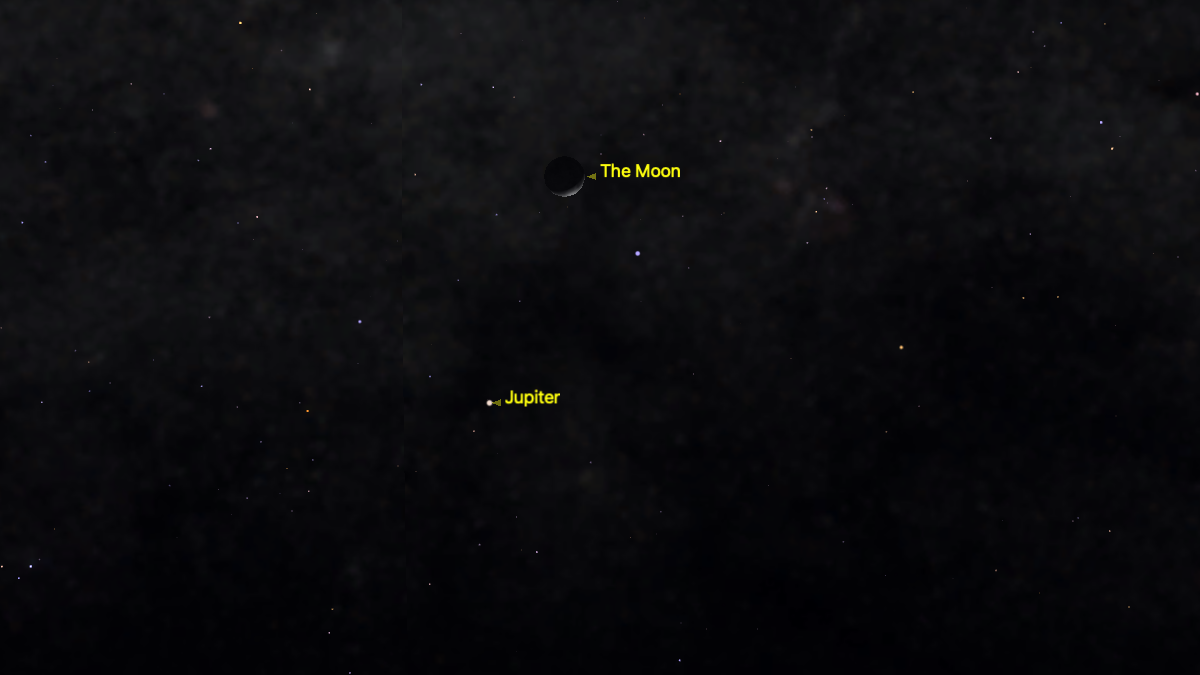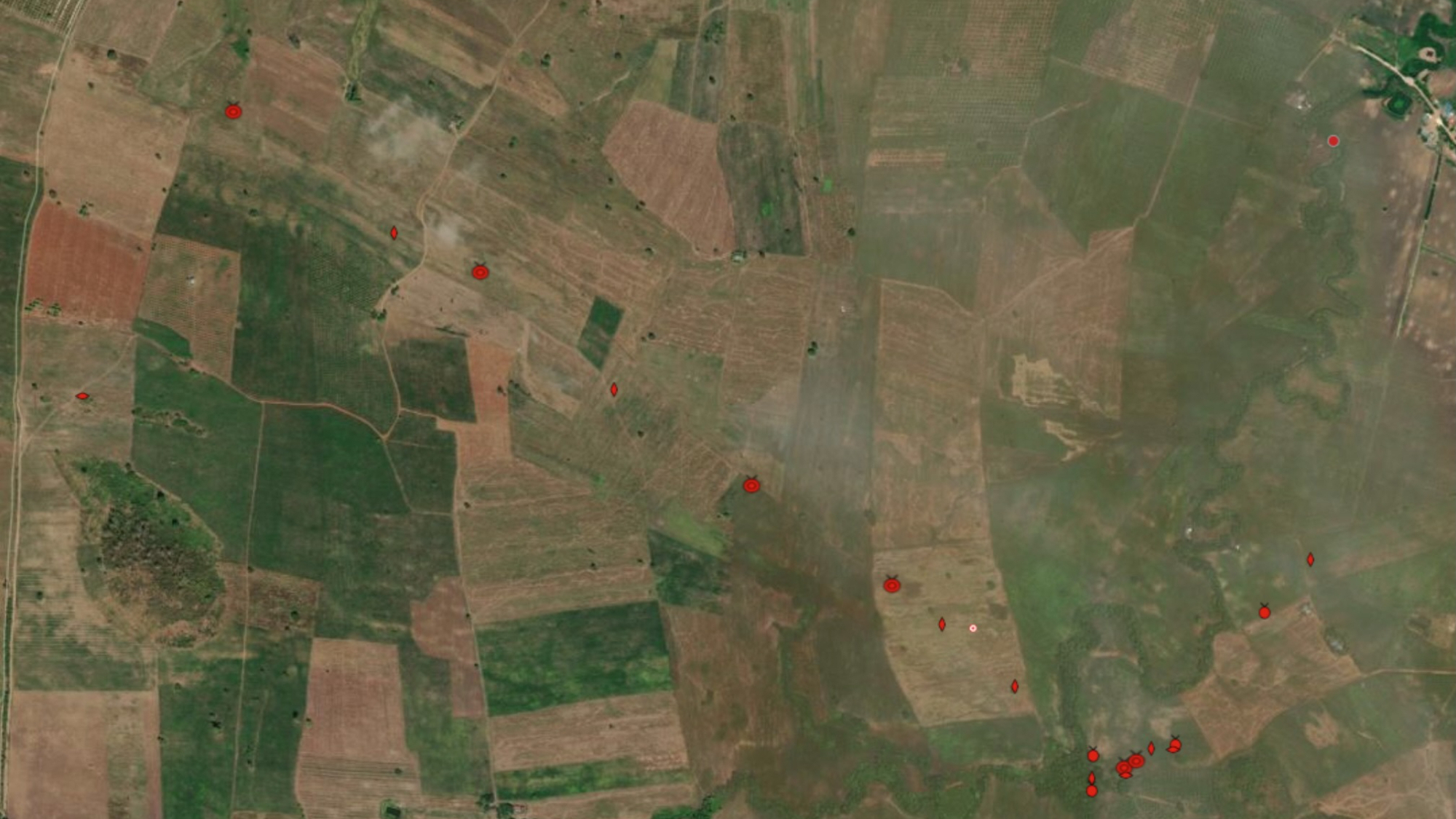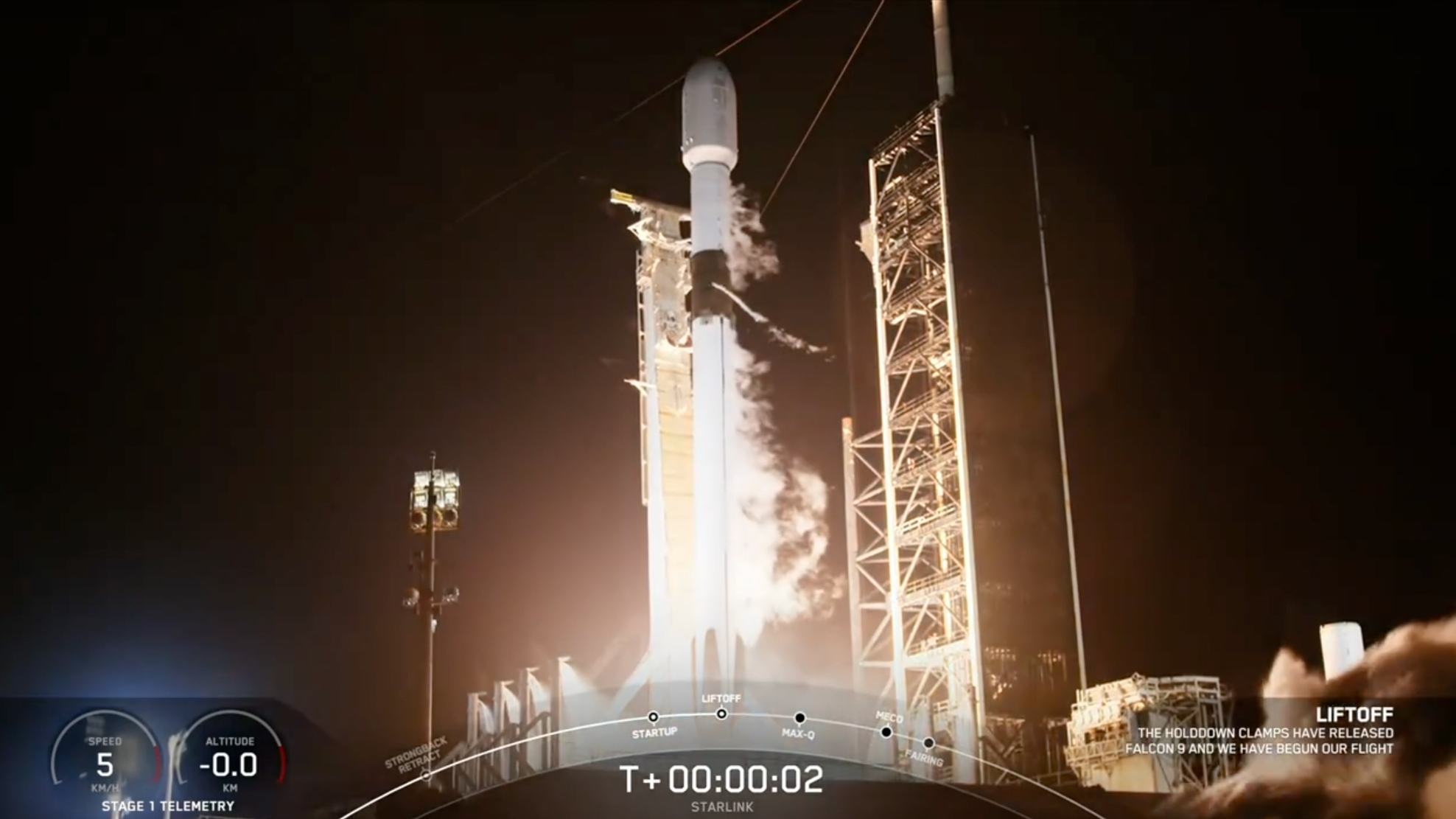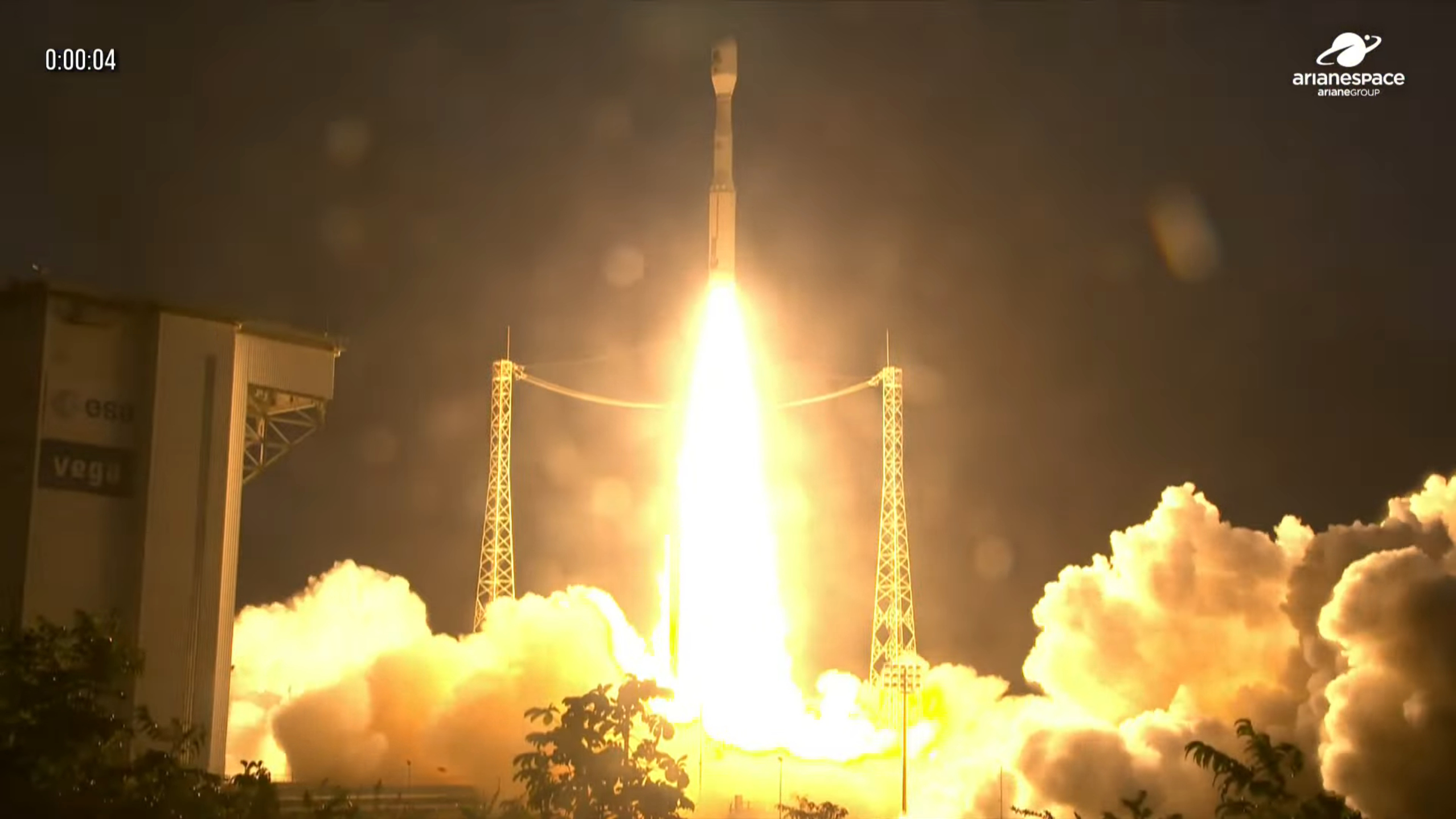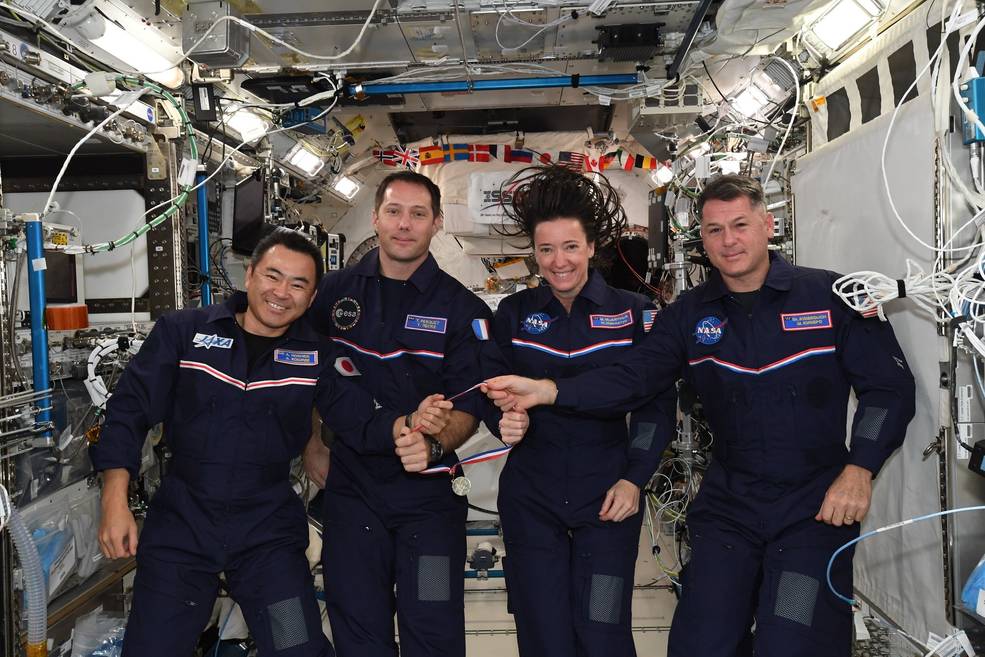
SpaceX's current mission to the International Space Station will head home to Earth before its successor lifts off, if all goes according to plan.
The four-person Crew-2 flight is scheduled to leave the orbiting lab on Sunday (Nov. 7) at 1:05 p.m. EST (1805 GMT), NASA and SpaceX officials announced on Friday evening (Nov. 5). The spaceflyers' Crew Dragon capsule, which is named Endeavour, will splash down off the coast of Florida no earlier than 7:14 a.m. EST (1214 GMT) on Monday (Nov. 8).
SpaceX's Crew-3 mission, meanwhile, is now scheduled to launch from Kennedy Space Center in Florida no earlier than 9:03 p.m. EST on Wednesday (Nov. 10; 0203 GMT on Nov. 11), NASA officials said in Friday's update. If it does indeed get off the ground at that time, Crew-3 and its four astronauts will arrive at the station around 7 p.m. EST on Thursday (Nov. 11; midnight GMT on Nov. 12).
Live updates: SpaceX's Crew-2 and Crew-3 astronaut missions
You can watch all of this spaceflight action live when the time comes here at Space.com, courtesy of NASA, or directly via the space agency. Coverage will start Saturday (Nov. 6) with a change-of-command ceremony at 1:35 p.m. EDT (1735 GMT), then a news conference previewing the Crew-2 return at 5:30 p.m. EDT (2130 GMT).
On Sunday (when daylight savings time comes into effect), coverage will begin at 10:45 a.m. EST (1545 GMT) ahead of an anticipated hatch closure 25 minutes later. There will be a break, then coverage will resume at 12:45 p.m. EST (1745 GMT) ahead of undocking 20 minutes later. Coverage will be continuous from then on through splashdown, NASA officials said.
Uncertainty has been swirling around the departure date of Crew-2 and the launch date of Crew-3 for some time now. Crew-3, for example, was originally supposed to launch on Halloween (Oct. 31), but anticipated bad weather forced a 72-hour delay. One of the Crew-3 astronauts then experienced a minor medical issue, pushing the liftoff to Saturday at the earliest. But unfavorable weather forecasts soon nixed that plan, delaying things by at least another 48 hours.
Get the Space.com Newsletter
Breaking space news, the latest updates on rocket launches, skywatching events and more!
NASA and SpaceX have now decided to bring Crew-2 home before Crew-3 lifts off, which makes sense, as Endeavour has a deadline looming. Crew-2 launched on April 23, and a Monday splashdown would mean the mission spent 199 days in space. Crew Dragon spacecraft are officially rated to stay in orbit for 210 days.
The current plan is not set in stone, however; the weather needs to cooperate for a return to Earth, just as it must for a launch. If Mother Nature scuttles a Sunday departure, a backup opportunity is available on Monday, NASA officials said.
The Crew-2 astronauts are NASA's Shane Kimbrough and Megan McArthur, Japanese spaceflyer Aki Hoshide, and the European Space Agency's (ESA) Thomas Pesquet. The Crew-3 astronauts, who will fly on a Dragon named Endurance, are NASA's Raja Chari, Tom Marshburn and Kayla Barron and ESA's Matthias Maurer.
SpaceX holds a multibillion NASA contract to fly astronauts to and from the space station. As the names imply, Crew-2 is the second operational mission flown under this deal, and Crew-3 will be the third.
Mike Wall is the author of "Out There" (Grand Central Publishing, 2018; illustrated by Karl Tate), a book about the search for alien life. Follow him on Twitter @michaeldwall. Follow us on Twitter @Spacedotcom or Facebook.
Join our Space Forums to keep talking space on the latest missions, night sky and more! And if you have a news tip, correction or comment, let us know at: community@space.com.

Michael Wall is a Senior Space Writer with Space.com and joined the team in 2010. He primarily covers exoplanets, spaceflight and military space, but has been known to dabble in the space art beat. His book about the search for alien life, "Out There," was published on Nov. 13, 2018. Before becoming a science writer, Michael worked as a herpetologist and wildlife biologist. He has a Ph.D. in evolutionary biology from the University of Sydney, Australia, a bachelor's degree from the University of Arizona, and a graduate certificate in science writing from the University of California, Santa Cruz. To find out what his latest project is, you can follow Michael on Twitter.

